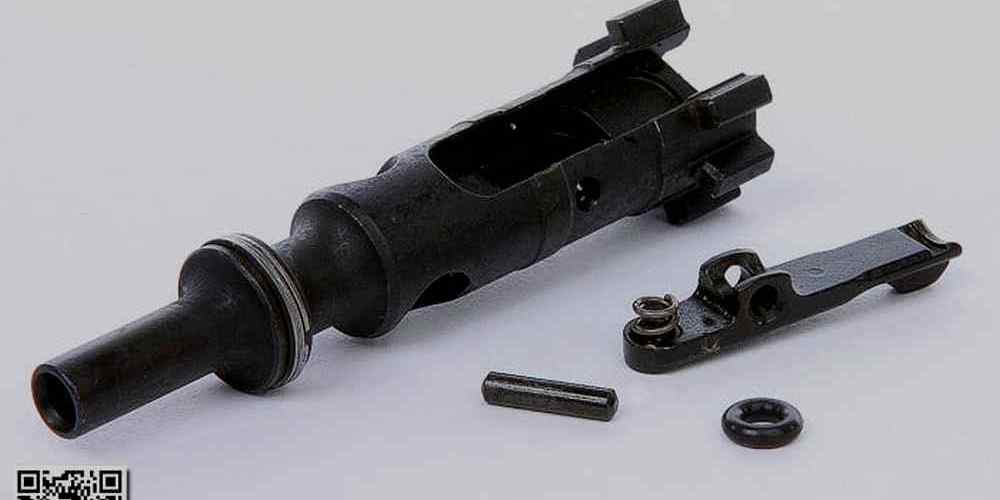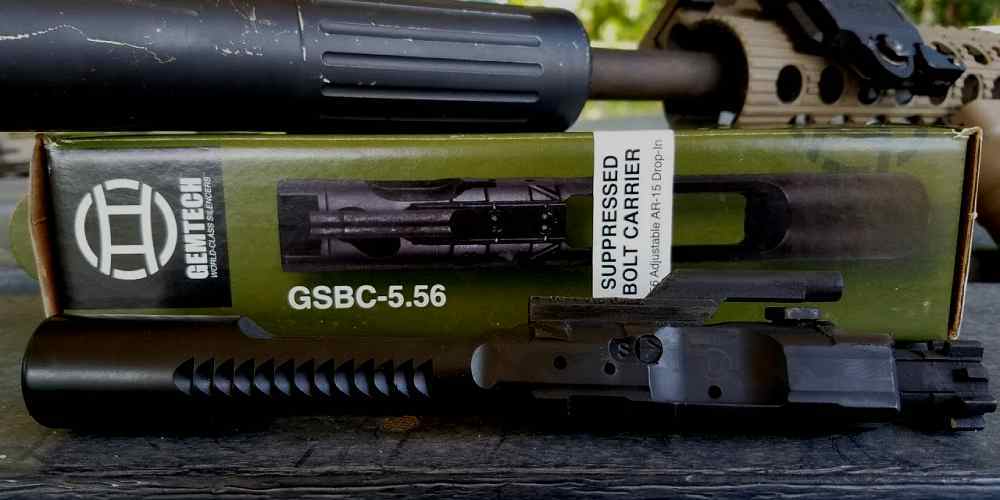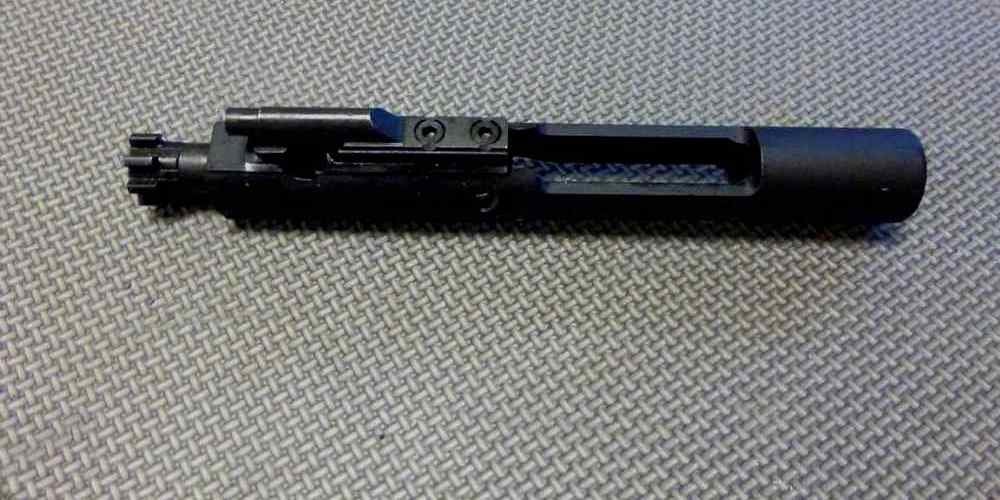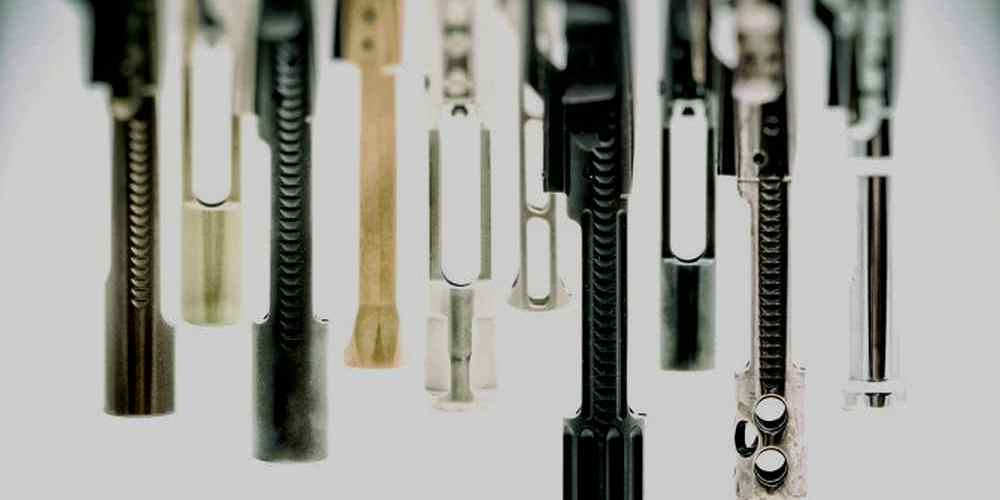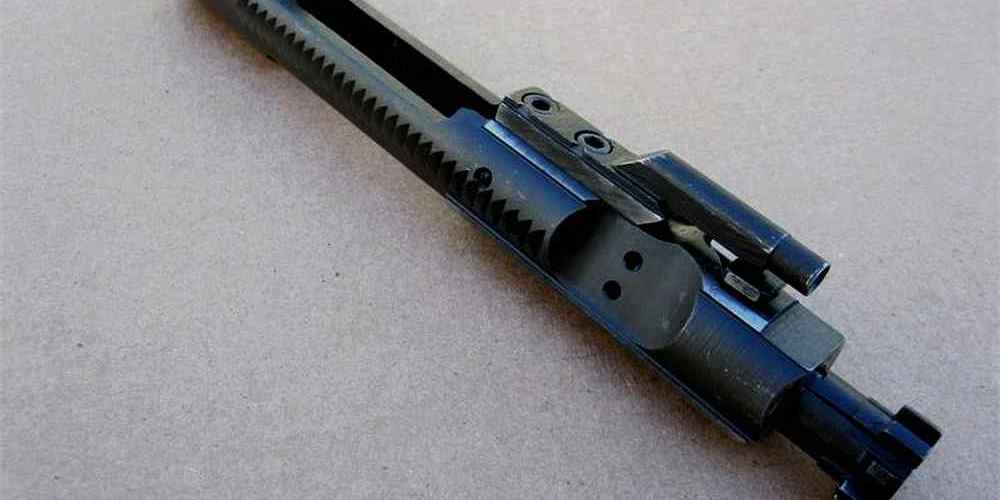“Versatile BCG materials for every shooting scenario.”
Benefits of Using BCG Materials in Various Shooting Environments
When it comes to choosing the best materials for your bolt carrier group (BCG), it’s important to consider the specific shooting environment in which you’ll be using your firearm. Different materials offer varying levels of durability, reliability, and performance, so selecting the right BCG material can make a significant difference in your shooting experience.
One of the most popular BCG materials is steel, which is known for its strength and durability. Steel BCGs are capable of withstanding high levels of stress and heat, making them ideal for use in high-volume shooting environments. Whether you’re at the range for an extended period of time or engaging in rapid-fire shooting, a steel BCG can handle the demands of intense shooting sessions without compromising performance.
Another common BCG material is titanium, which is prized for its lightweight properties and corrosion resistance. Titanium BCGs are a popular choice for shooters who prioritize weight reduction and want a BCG that can withstand harsh environmental conditions. Whether you’re trekking through rugged terrain or shooting in inclement weather, a titanium BCG can provide reliable performance without adding unnecessary weight to your firearm.
For shooters who value both durability and weight savings, a hybrid BCG made from a combination of steel and titanium may be the best option. Hybrid BCGs offer the best of both worlds, combining the strength of steel with the lightweight properties of titanium. This makes them a versatile choice for shooters who want a BCG that can handle a variety of shooting environments without sacrificing performance.
In addition to steel and titanium, there are also BCG materials such as nickel boron and nitride coatings that offer enhanced performance and durability. Nickel boron BCGs are known for their smooth finish and self-lubricating properties, which can help reduce friction and improve overall reliability. Nitride coatings, on the other hand, provide excellent corrosion resistance and wear resistance, making them a popular choice for shooters who want a BCG that can withstand harsh conditions.
When selecting a BCG material, it’s important to consider the specific shooting environment in which you’ll be using your firearm. Whether you’re shooting in a high-volume range setting, trekking through rugged terrain, or braving inclement weather, choosing the right BCG material can make a significant difference in your shooting experience. By selecting a BCG material that aligns with your shooting needs and preferences, you can ensure that your firearm performs reliably and consistently in any environment.
Top BCG Materials for Indoor Shooting Ranges
When it comes to choosing the best Bolt Carrier Group (BCG) materials for different shooting environments, it’s important to consider factors such as durability, reliability, and performance. For indoor shooting ranges, where conditions can be controlled and consistent, there are a few BCG materials that stand out as top choices.
One of the most popular BCG materials for indoor shooting ranges is stainless steel. Stainless steel is known for its corrosion resistance and durability, making it a great choice for environments where moisture and humidity are present. Stainless steel BCGs are also easy to clean and maintain, which is important for keeping your firearm in top condition.
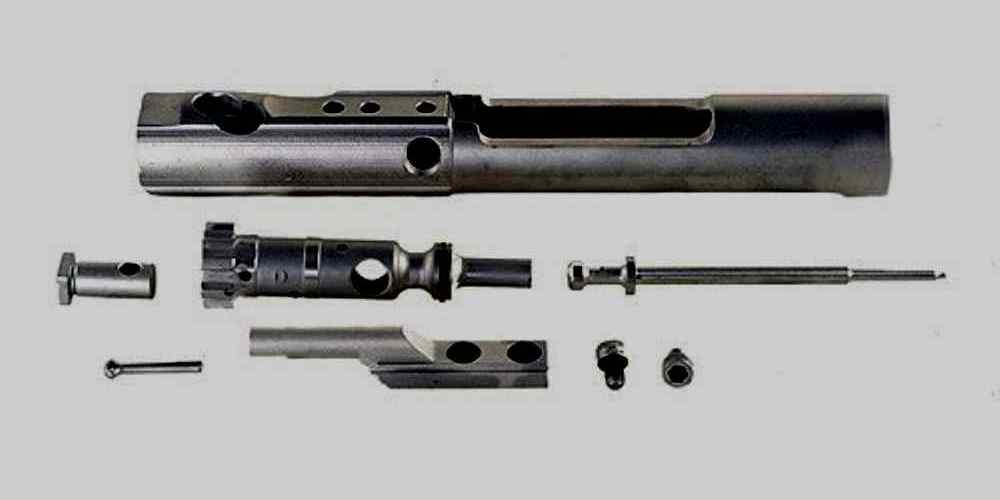
Another excellent BCG material for indoor shooting ranges is nickel boron. Nickel boron is a coating that provides excellent lubricity and corrosion resistance, making it ideal for high-volume shooting. Nickel boron BCGs are also known for their smooth cycling and easy cleaning, making them a favorite among shooters who frequent indoor ranges.
For those looking for a more budget-friendly option, a phosphate-coated BCG is a solid choice for indoor shooting ranges. Phosphate coatings provide good corrosion resistance and durability, making them a reliable option for casual shooters. While phosphate-coated BCGs may not offer the same level of performance as stainless steel or nickel boron, they are still a solid choice for indoor range use.
In addition to considering the material of the BCG, it’s also important to think about the design and construction of the BCG. Look for BCGs that are properly staked and have a properly torqued gas key to ensure reliable performance. It’s also a good idea to choose a BCG from a reputable manufacturer to ensure quality and reliability.
Overall, when it comes to choosing the best BCG materials for indoor shooting ranges, stainless steel, nickel boron, and phosphate-coated BCGs are all excellent options. Each material offers its own set of benefits, so it’s important to consider your specific needs and preferences when making a decision. With the right BCG material, you can enjoy reliable performance and durability at the indoor range.
Essential BCG Materials for Outdoor Shooting Activities
When it comes to outdoor shooting activities, having the right materials for your bolt carrier group (BCG) is essential. The BCG is a critical component of your firearm, responsible for cycling rounds and ensuring smooth operation. Different shooting environments require different BCG materials to optimize performance and reliability.
One of the most popular BCG materials for outdoor shooting activities is stainless steel. Stainless steel is known for its durability and corrosion resistance, making it ideal for harsh outdoor conditions. Whether you’re shooting in the rain, snow, or extreme heat, a stainless steel BCG will hold up well and continue to function reliably.
Another excellent option for outdoor shooting is titanium. Titanium is incredibly lightweight and strong, making it a favorite among shooters who value speed and agility. Titanium BCGs are also highly resistant to corrosion, making them a great choice for outdoor shooting activities where exposure to the elements is a concern.
For shooters who prefer a more traditional option, a chrome-lined BCG is a solid choice for outdoor shooting. Chrome lining provides excellent corrosion resistance and smooth operation, making it a reliable option for shooting in various outdoor environments. Chrome-lined BCGs are also easy to clean and maintain, ensuring long-lasting performance.
If you’re looking for a BCG material that offers the best of both worlds, consider a nickel boron coating. Nickel boron is known for its exceptional hardness and lubricity, making it a popular choice for shooters who want a low-maintenance BCG that performs well in outdoor conditions. Nickel boron BCGs are also highly resistant to wear and corrosion, ensuring long-term reliability.
When choosing the best BCG material for outdoor shooting activities, it’s essential to consider factors such as durability, corrosion resistance, and ease of maintenance. Stainless steel, titanium, chrome-lined, and nickel boron are all excellent options that offer unique benefits for different shooting environments.
In conclusion, having the right BCG material for outdoor shooting activities is crucial for optimizing performance and reliability. Whether you prefer stainless steel, titanium, chrome-lined, or nickel boron, there are plenty of options to choose from that will suit your needs. By selecting the best BCG material for your shooting environment, you can ensure that your firearm operates smoothly and reliably, no matter where you’re shooting.
How to Choose the Right BCG Materials for Tactical Shooting
When it comes to tactical shooting, having the right materials in your bolt carrier group (BCG) can make all the difference in performance. The BCG is a critical component of any firearm, responsible for cycling the action and ensuring reliable operation. With so many options available on the market, it can be overwhelming to choose the best BCG materials for your specific shooting environment. In this article, we will discuss the different BCG materials and their suitability for various shooting conditions.
One of the most common materials used in BCGs is steel. Steel is known for its durability and strength, making it a popular choice for tactical shooters who require a reliable and long-lasting BCG. Steel BCGs are capable of withstanding high round counts and harsh shooting conditions, making them ideal for military and law enforcement applications. Additionally, steel BCGs are relatively affordable compared to other materials, making them a cost-effective option for shooters on a budget.
Another popular material for BCGs is titanium. Titanium is known for its lightweight and corrosion-resistant properties, making it an excellent choice for shooters who prioritize weight savings and durability. Titanium BCGs are often used in competition shooting where speed and reliability are crucial. While titanium BCGs are more expensive than steel BCGs, they offer superior performance in terms of weight reduction and resistance to wear and tear.
For shooters who require the ultimate in performance, there are also BCGs made from exotic materials such as nickel boron and chrome. Nickel boron BCGs are known for their self-lubricating properties, reducing the need for frequent cleaning and maintenance. Chrome BCGs, on the other hand, offer superior corrosion resistance and smooth cycling, making them ideal for shooters who operate in wet or humid environments.
When choosing the right BCG material for your shooting environment, it is essential to consider factors such as weight, durability, and corrosion resistance. Steel BCGs are a reliable and cost-effective option for shooters who prioritize durability and affordability. Titanium BCGs offer superior weight savings and corrosion resistance, making them ideal for competition shooters. Exotic materials such as nickel boron and chrome provide enhanced performance in terms of self-lubrication and corrosion resistance, making them suitable for shooters who require the best of the best.
In conclusion, selecting the right BCG material for your shooting environment is crucial to ensuring optimal performance and reliability. Whether you prioritize durability, weight savings, or corrosion resistance, there is a BCG material that will meet your specific needs. By understanding the characteristics of different BCG materials and how they impact performance, you can make an informed decision when choosing the best BCG for your firearm. Remember to consider factors such as cost, weight, and maintenance requirements when selecting a BCG material, and always prioritize quality and reliability in your decision-making process.
Comparing Different BCG Materials for Long-Range Shooting
When it comes to long-range shooting, having the right bolt carrier group (BCG) material can make a significant difference in your accuracy and overall performance. There are several different materials commonly used for BCGs, each with its own unique properties and benefits. In this article, we will compare some of the best BCG materials for different shooting environments to help you make an informed decision.
One of the most popular materials for BCGs is 8620 steel. This material is known for its durability and strength, making it a great choice for high-volume shooting and harsh environments. 8620 steel is also relatively affordable, making it a cost-effective option for many shooters. However, 8620 steel can be heavier than some other materials, which may be a consideration for shooters looking to reduce weight in their rifle.
Another common material for BCGs is 9310 steel. This material is similar to 8620 steel in terms of strength and durability but is slightly harder, making it more resistant to wear and tear. 9310 steel is often used in high-performance rifles where reliability is crucial. While 9310 steel is more expensive than 8620 steel, it may be worth the investment for shooters who demand the highest level of performance from their equipment.
For shooters looking to reduce weight in their rifle, titanium is an excellent choice for a BCG material. Titanium is incredibly lightweight and strong, making it ideal for long-range shooting where every ounce counts. However, titanium is also one of the most expensive BCG materials available, so it may not be the best option for shooters on a budget.
Another lightweight option for BCG materials is aluminum. While aluminum is not as strong as steel or titanium, it is still a viable option for shooters who prioritize weight savings. Aluminum BCGs are often used in competition rifles where speed and agility are essential. However, aluminum BCGs may not be as durable as steel or titanium, so they may not be the best choice for shooters who put their equipment through rigorous use.
In recent years, polymer BCGs have become increasingly popular among shooters looking for a lightweight and affordable option. Polymer BCGs are made from a high-strength polymer material that is both lightweight and durable. While polymer BCGs may not offer the same level of performance as steel or titanium, they are a great option for shooters on a budget or those looking to reduce weight in their rifle.
In conclusion, there are several different BCG materials available for shooters to choose from, each with its own unique properties and benefits. Whether you prioritize durability, weight savings, or affordability, there is a BCG material that is right for you. By considering your shooting environment and performance needs, you can select the best BCG material for your rifle and take your long-range shooting to the next level.





